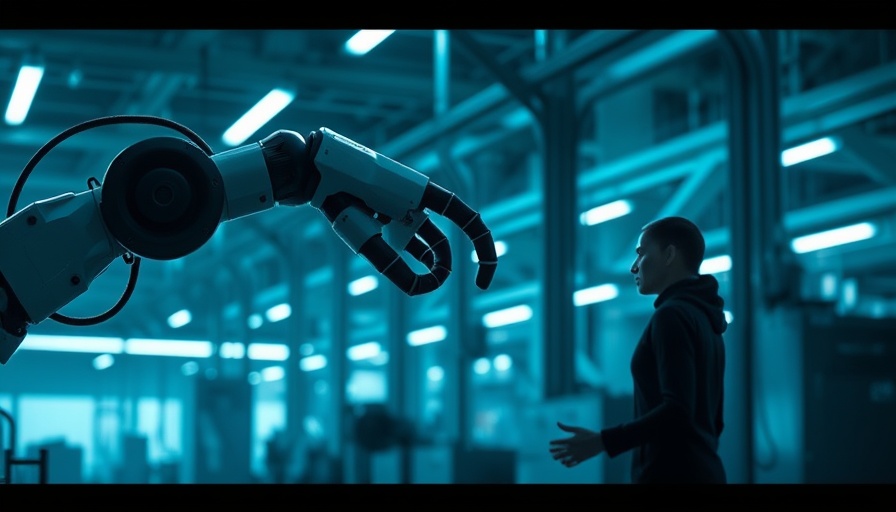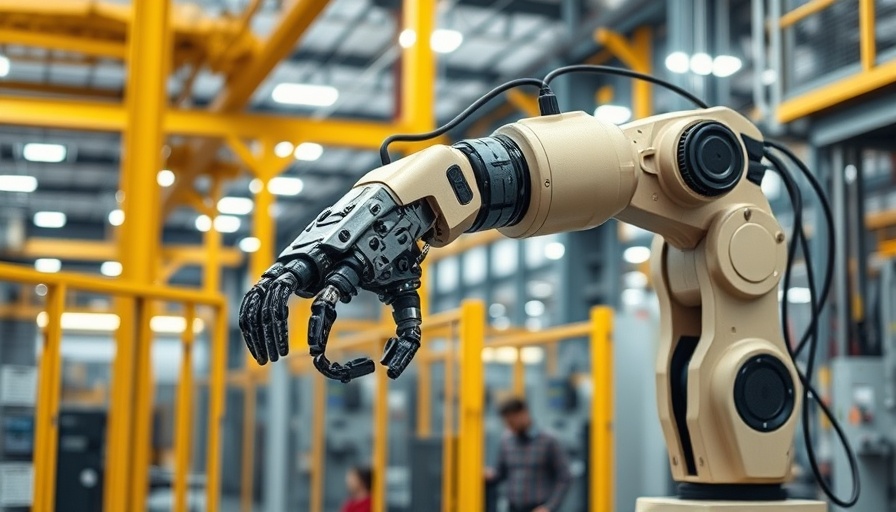
Revolutionizing the Manufacturing Landscape: A New Era of Automation
The manufacturing sector stands on the brink of a significant transformation, driven by advanced automation technologies. As industries grapple with rising costs, labor shortages, and the looming impacts of climate change, the need for innovative solutions has never been more pressing. Advanced automation, particularly through the integration of robotics and artificial intelligence (AI), offers a path to enhanced resilience, sustainability, and efficiency.
Understanding the Current Challenges Facing Industry
In today's volatile environment, geopolitical instability disrupts global supply chains, evidenced from the Suez Canal to Shenzhen. This fracturing complicates the operations of manufacturers, with a staggering half a million jobs left unfilled in the U.S. manufacturing sector alone. Furthermore, companies face increased competitive pressures and environmental constraints, compelling a reevaluation of traditional manufacturing practices.
Transformative Potential of Advanced Automation Technologies
The excitement surrounding advanced automation is rooted in specific technological advancements, which include industrial AI, digital twins, and the Internet of Things (IoT). These technologies have showcased compelling results, such as AI-driven predictive maintenance leading to a 50% decrease in machine downtime. Moreover, a survey indicated that a significant 77% of industry leaders anticipate digital twins can decrease carbon emissions by an average of 15%, showcasing not just operational improvements but positive environmental impacts as well.
Barriers to Adoption: More than Just Technological Gaps
Despite the remarkable potential, the broad adoption of advanced automation has faced challenges beyond technology itself. According to John Hart, a mechanical engineering professor, the issues largely stem from workforce capabilities and the financial risks associated with implementation, especially for small and medium enterprises (SMEs). The necessity to modernize older facilities with legacy systems amplifies the barriers to entry.
Government Initiatives to Propel Industrial Progress
Recognizing these challenges, governments are stepping up with revived industrial policies aimed at incentivizing high-tech manufacturing and localizing critical production processes. By mitigating reliance on fragile supply chains, these measures encourage a shift towards advanced automation as part of a national strategy to enhance industrial competitiveness.
A Crossroads for the Industry: What Lies Ahead
The convergence of pressing external pressures, coupled with the technological innovations and supportive government policies, signifies a pivotal moment for the manufacturing industry. With the right investments and a focus on workforce development, advanced automation could radically transform industry operations, paving the way for long-term sustainability and growth.
As mid- to senior-level professionals in healthcare, finance, sustainability, and technology, it’s crucial to engage with these trends. This transformation isn't merely about adaptation; it's an opportunity to lead in fostering resilience within your organization and the broader industry.
To stay ahead of the curve in technology trends, now is the time to explore actionable insights and case studies that detail successful technology projects and their implications.
 Add Row
Add Row  Add
Add 




 Add Row
Add Row  Add
Add 

Write A Comment